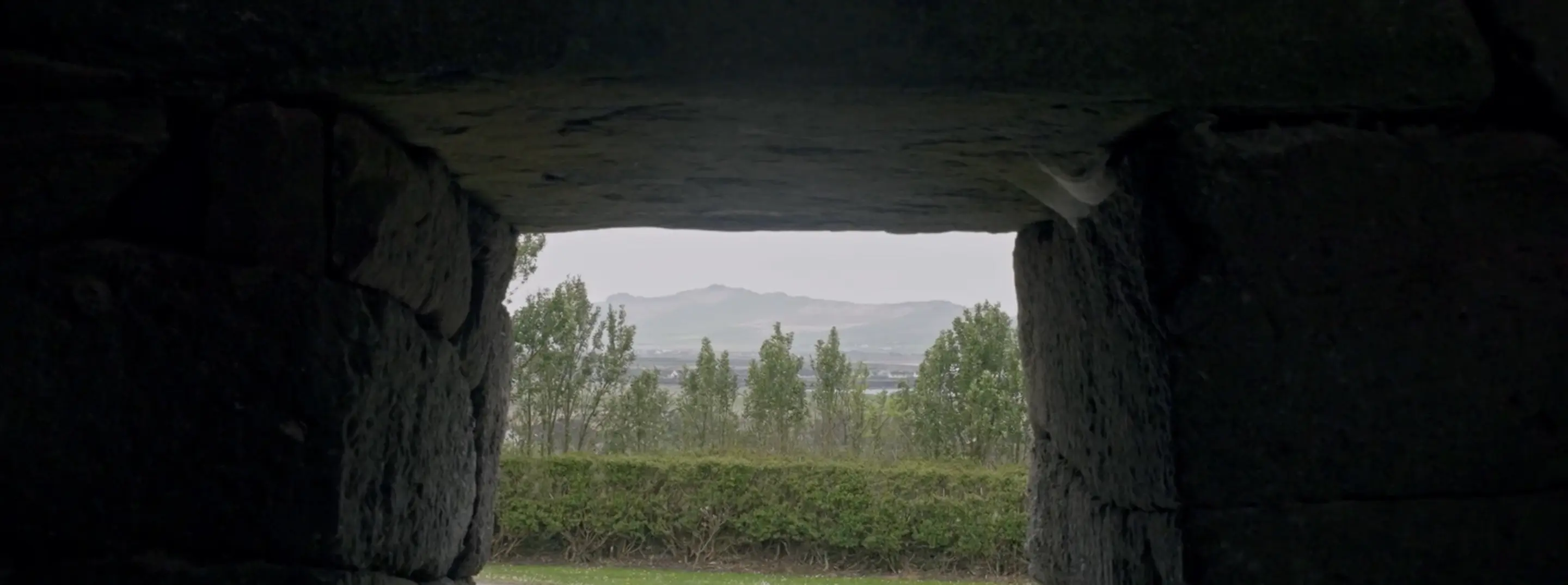sanctuary of faith and mystery
Faith Carved in Stone
Gallarus Oratory, dating back to the 7th-9th century, is a remarkable structure on the Wild Atlantic Way and one of the best-preserved early Christian sites in Ireland. This unique monument has fascinated visitors for centuries and remains intact as one of the few ancient churches of its kind. The name “Gallarus” likely comes from the Old Irish term meaning “the house or shelter of foreigners,” suggesting it may have served as a sanctuary for pilgrims. It’s also believed to have been a final stop for travellers embarking on spiritual journeys, seeking blessings before departure.
Though the exact origins and purpose of Gallarus Oratory remain unclear, it’s thought to have been a place of worship and refuge for early Christian monks. Generations visiting since have felt the weight of history pressing close—the silence, the coolness of the stone, the whispers of those who once gathered here in devotion.
remarkable aesthetic of Gallarus Oratory
Architecture
The remarkable aesthetic of Gallarus Oratory has captured the imagination of thousands of visitors down through the years. Shaped like an upturned boat, the structure is thought to reflect the deep maritime traditions of early Christian monks. It may even pay tribute to St. Brendan the Navigator, the legendary seafarer believed to have voyaged across the Atlantic long before Columbus. Gallarus Oratory is a stunning example of the corbelling construction technique, which is over 3000 years old. The unique stone design follows an ancient dry-stone method also used in Neolithic tombs and early Celtic structures. Built without the use of mortar, using locally-sourced sandstone and conglomerate rock, the early Christian monks who constructed the oratory were master craftsmen.
Exceptional attention to detail is visible in the inward splaying east window and the west-facing doorway. The small window and narrow doorway align with early monastic architectural traditions, reinforcing the belief that this structure held religious significance for centuries.Despite centuries of wind, rain and time’s relentless march, the oratory remains remarkably intact — a testament to the ingenuity of its architects.


